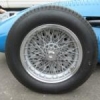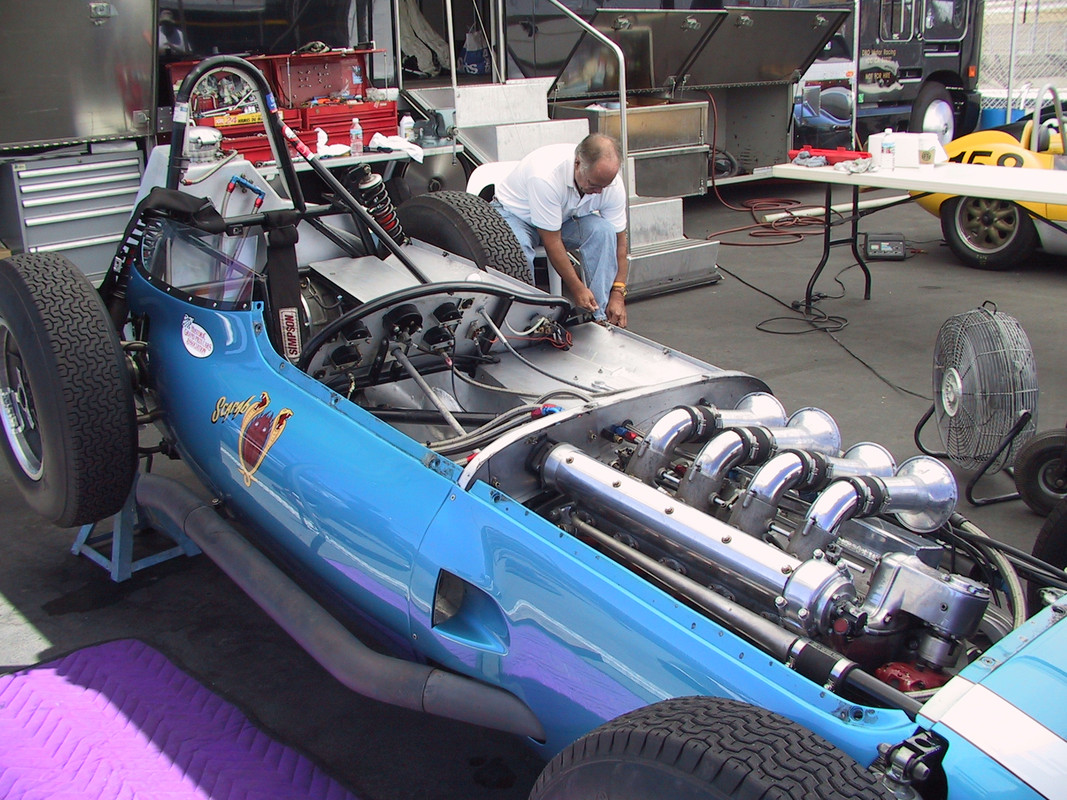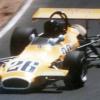The latest copy of Race Car Engineering has an article on the Vanwall 2.5 litre F1 car. It seems that, like the main Autosport site, to be fililng its space with more " nostalgia" articles but this one started me thinking about how the 1950's Offy Indy car engine, a straight four with 4 valves per cylinder, compared to tis F1 4 cylinder contemporaries with 2 valves per cylinder.
My instinct was to think of the Offy as a very out of date and with a low bhp/litre compared to the F1 engines but that is not quite true.
Firstly, it was made in much greater numbers in the 50's than any F1 engine. About 100 in all. So, it was very much a customer engine a bit like the Climax engines not a heavily developed works engine.
To compare the Offy to F1 engines in the 50's requires choosing F1 engines which ran on Methanol/ Nitro methane up to 1957 as the Offy never ran on petrol. That leaves out the Climax 4 but leaves the Vanwall and BRM engines. Interestingly if you add back the Climax, Ferrari and Alta engines the "big Four" was the most popular 2.5 litre formula engine .
The best way to compare engines is BMEP but as that requires torque details not always available, I used a surrogate of BHP per litre per 1,000 revs which is roughly BMEP at peak power not peak torque
On that basis the big Offy is within 2% of the BRM engine , using data from Tony Rudd's autobiography and within 8% of the Vanwall engine. All three engines were run on nitro methane mix at times . There the Offy is within 4% of the BRM and 5% of the Vanwall engine.
The Offy power is quoted as 400 bhp on methanol only at 6,500 rpm rom both from Offy dyno sheets and from the dyno testing Ford did to benchmark their 1963 Indy pushrod V-8. It did 415 bhp on 10% nitro.
The Offy was a much slower revving engine due to its long stroke -and the need to survive 500 miles not 250 miles per race. Its bore/ stroke ratio was 0.97 vs 1.12 for the Vanwall and 1.37 for the BRM 4.
That allowed the Vanwall to run at 7,200 rpm and the BRM at 8,000 rpm versus 6,500 for the big Offy.
It’s true that the Offy made a lousy 3 litre or 2.5 litre petrol engine, but I doubt the Vanwall or BRM fitted with a longer stroke to reach 4.2 litres would have made a very durable Indy engine so horse for courses.
turbo charged
Obviously the Offy wasn’t as good , not surprising as it was originally designed in the 1930's but it surprised me how close to contemporary F1 specific power outputs it got - and it was still winning at Indy in the 1970's, reduced to 2.8 litres, running at 10,200 rpm and developing 1, 200 BHP for qualifying.
Edited by mariner, 06 November 2022 - 11:17.






















